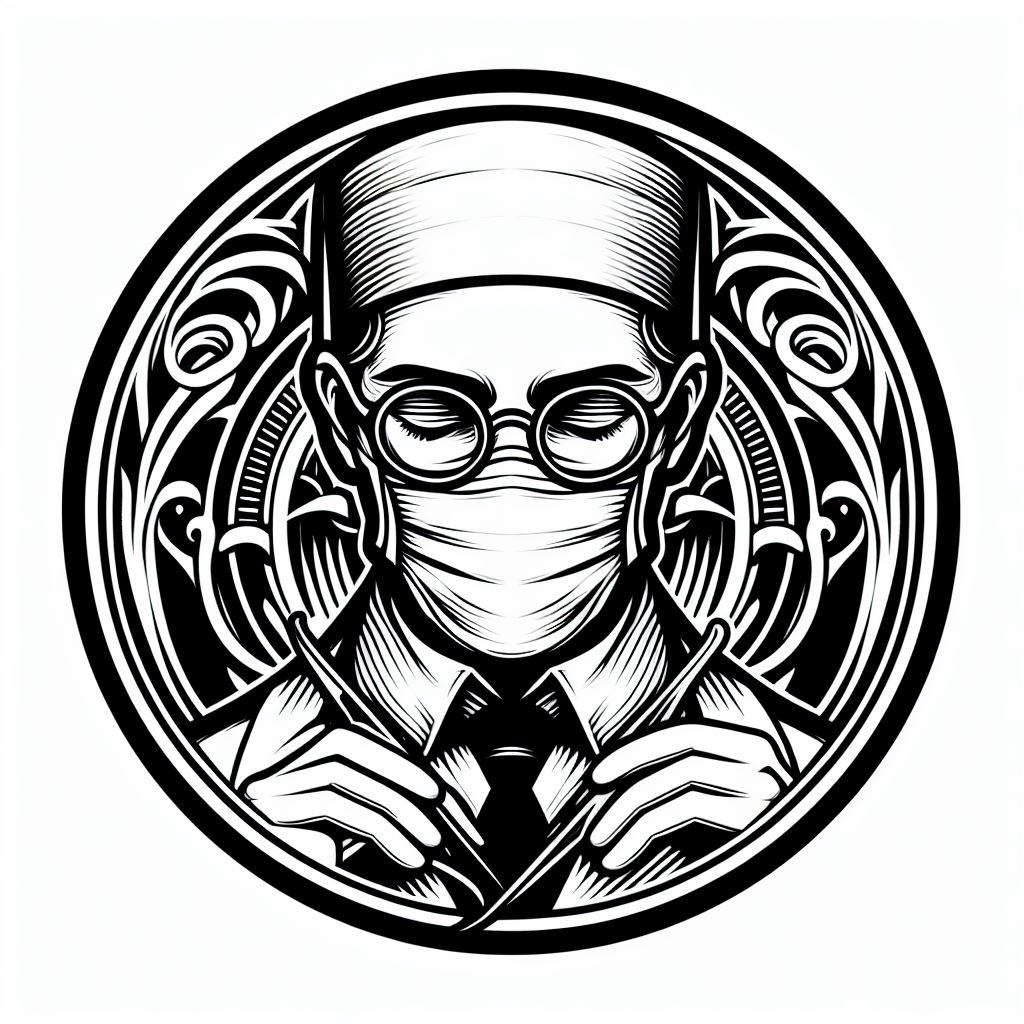
The Informed Incision
Cutting Through the Complexity of Modern Surgery. A collection of posts related to surgery, coming from an acute care surgeon.

Cutting Through the Complexity of Modern Surgery. A collection of posts related to surgery, coming from an acute care surgeon.